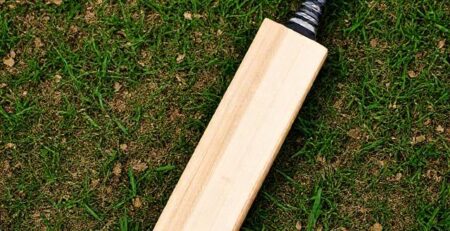The Role Of Balls In Tennis: More Than Just A Bounce
While Tennis is a sport renowned for its grace, skill, and fierce competition. While the players on the court receive much of the attention, there is one element that silently governs the entire game – the ball. In this blog post, we will delve into the critical role that the tennis ball plays in a match and why it is not just another piece of equipment.
The Basics: What’s Inside a Tennis Ball?
Tennis balls are not your typical balls. They are designed with specific materials and properties to meet the demands of the game. The core of a tennis ball is typically made from rubber, while the outer covering, known as the felt, is usually made from nylon. The pressurized air inside the ball contributes to its bounce and responsiveness on the court.
In tournament play, tennis matches start with six balls and replace them after seven games, then subsequently every nine games to maintain consistent play. The balls deteriorate during the match, getting fluffier and slower due to wear and tear. Players are aware of this degradation and strategically choose smoother, less-worn balls for first serves to gain speed and fluffier ones for second serves to enhance control. They often switch rackets when new balls are introduced and adjust their game plan accordingly. This strategic adaptation is a common practice among players in response to changing ball conditions.
The various factors in the game of tennis that are influenced by the ball are as follows:
1. The Bounce: The most obvious and fundamental role of the tennis ball is its ability to bounce. The height, speed, and angle of the bounce are crucial factors that directly impact the game. A consistent and predictable bounce is essential for fair play, as it allows players to anticipate and respond to shots accurately.
2. Playing Surface and Ball Speed: The type of tennis ball used can vary depending on the playing surface. Different surfaces, such as grass, clay, and hard courts, interact differently with the ball. For instance, faster balls are used on grass courts to accommodate the rapid surface, while slower balls are chosen for clay courts, where longer rallies are common.
3. Spin and Control: Tennis players are known for their ability to apply spin to the ball. The felt cover on the tennis ball plays a crucial role in this. It provides the necessary grip for players to impart topspin, backspin, or sidespin. Spin dramatically influences the ball’s trajectory and bounce, making it a powerful tool for deception and control.
4. Durability and Fairness: Tennis balls endure significant wear and tear during a match. The constant pounding, they receive can affect their bounce and responsiveness. This is why in professional matches; new balls are introduced at specific intervals to maintain fairness.
In conclusion, the tennis ball is not just an inanimate object on the court; it is a pivotal component of the game. The relationship between the player and the ball is a vital one, where a deep understanding of how to use the ball’s characteristics can be the difference between winning and losing. The next time you watch a thrilling tennis match, remember that the unassuming tennis ball is the unsung hero that sets the stage for the players’ spectacular performances.







